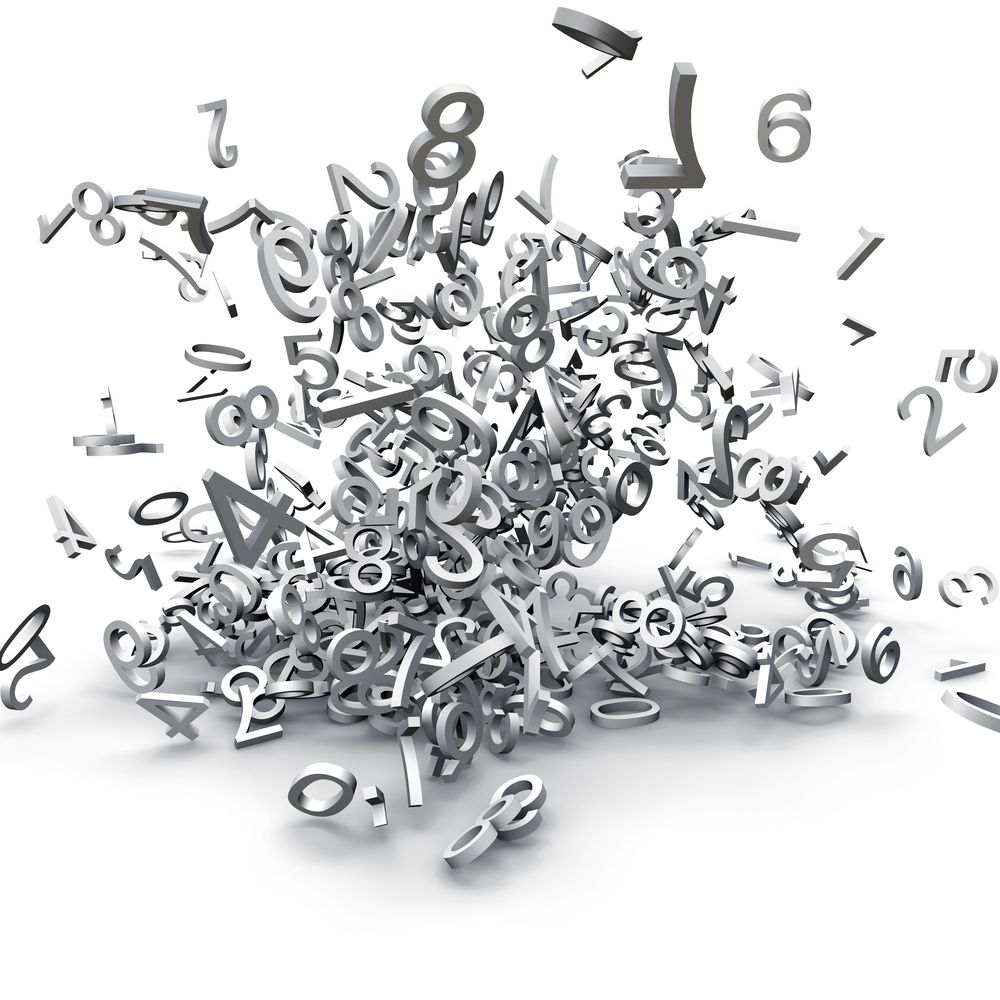
12 Dec Fashion law: Counterfeiting figures in Italy based on the IPERICO project
More light on the alarming size of counterfeiting in Italy is shed by the data collected by the General Directorate against counterfeiting of the ministry for economic development and namely the Italian Patent and Trademark Office (UIBM). Through the IPERICO project, the latter has developed an integrated database that collects data on the actions taken to oppose counterfeiting from 2008 to 2013.
Although this is just the tip of the iceberg, the numbers of seizures made by Italy’s Guardia di Finanza, by the Customs Agency and the State Police already provide an illuminating framework regarding the extent of this phenomenon.
In the five years from 2008 to 2013, the authorities have made about 100,000 seizures, amounting to about 335 million items seized, worth 3.8 billion euros in total.
Data from the Customs Agency and the Guardia di Finanza related to counterfeiting excluding food, beverages, tobacco and medicines. Source: IPERICO (DGLC-UIBM)
Bearing in mind that these figures only refer to illegal activities that the State has managed to foil and repress, it is easy to imagine the alarming size of the illegal activity of the counterfeit market, still an underground business.
One of most affected regions in Italy, Lazio leads the way in terms of number of seizures, followed by Campania and Lombardy, which are also taking their place on this dishonourable podium.
Data from the Customs Agency and the Guardia di Finanza related to counterfeiting with reference to each individual region in Italy (excluding food, beverages, tobacco and medicines). Source: IPERICO (DGLC UIBM)
The data relating to the product sector most exposed to this phenomenon is certainly interesting: clothing and clothing accessories account for 20.5% and 36.2%, respectively, of total seizures. These figures seem all the more significant when we consider that, excluding the footwear industry (12%), none of the other sectors touches 10%.
Data from the Customs Agency and the Guardia di Finanza related to counterfeiting excluding food, beverages, tobacco and medicines. Source: IPERICO (DGLC-UIBM)
Compared to the “pieces” seized, there is a high concentration in the clothing, clothing accessories, toys and games and “other goods” sectors, which together account for 80% of the total amount.
Data from the Customs Agency and the Guardia di Finanza related to counterfeiting excluding food, beverages, tobacco and medicines. Source: IPERICO (DGLC-UIBM)
With regard to e-commerce, instead, as many as 84 websites were seized in 2013.
These are significant and concerning figures, so much so that the European Union itself has made a commitment to fund an information project on counterfeiting.
This saw the birth of SIAC (Anti-Counterfeiting Information System), a project co-funded by the European Commission and assigned to Italy’s Guardia di Finanza by the Ministry of the Interior. This is a multi-functional electronic platform, used to try and connect all the parties involved in combating counterfeiting, from institutional agencies to businesses and individual consumers, with the intent of cooperating to counter the counterfeit industry. SIAC consists of a real website used to inform the general public of this phenomenon and the transactions made to contain it. It also contains practical tips for consumers to steer away from counterfeit goods.
The platform is also used for a partnership between the private sector and institutions, as companies share technical data sheets on the characteristics and specific counterfeiting methods used for their products. This way, police action will be more effective and timelier in identifying counterfeit goods and therefore in seizing them.
So the fight against counterfeiting requires an extensive use of resources both at a national and European level.
A crucial role has been played by private parties who have actively taken part in the fight against the counterfeiting market: in 1987, for example, INDICAM (Centromarca’s institute to counter counterfeiting) brought together numerous companies and undertook various information and prevention initiatives (seminars, conferences, advertising campaigns, studies and publications) and activities to announce an improvement to legislation on this matter. INDICAM is also a founding member of the Global Anti-Counterfeiting Group (GACG), which brings together leading anti-counterfeiting organisations in Europe and the US and constantly interacts with EU institutions (European Parliament and Commission), as well as its international counterparts.
This way, companies find common ground to fight an enemy that indiscriminately damages manufacturers, leading to a deterioration of the trust shared by themselves and customers and reducing the reliability of a brand; the cornerstone and strength of any brand worthy of its name.
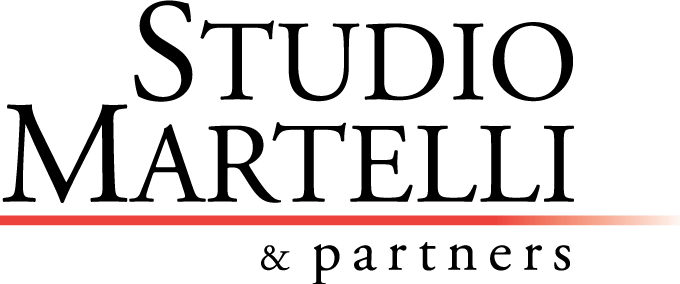

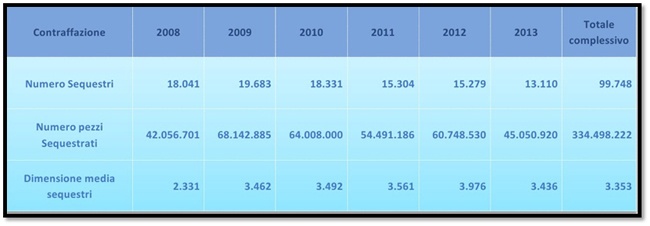
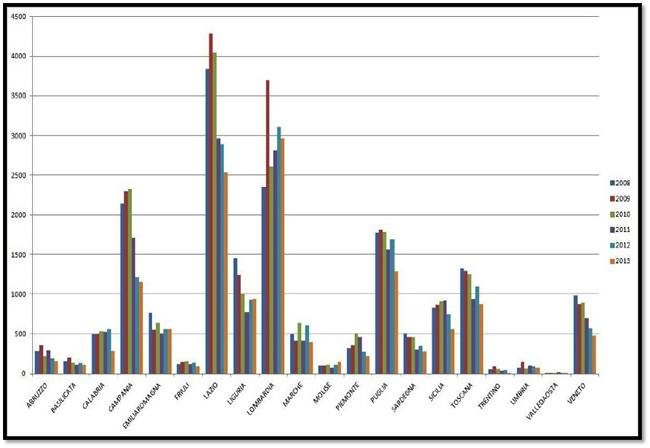
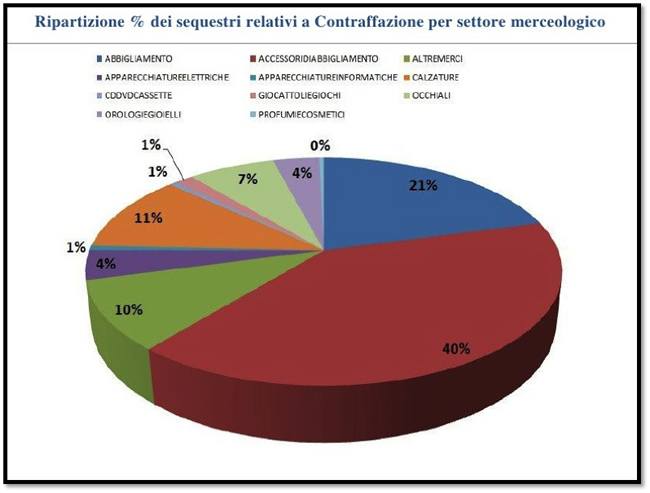
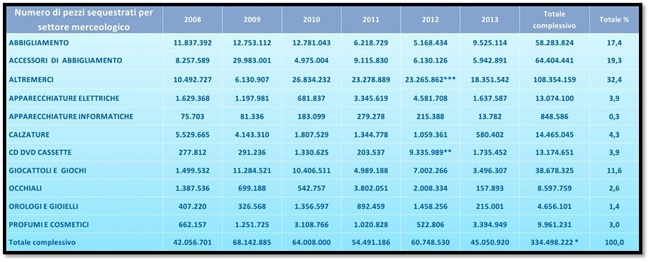
No Comments